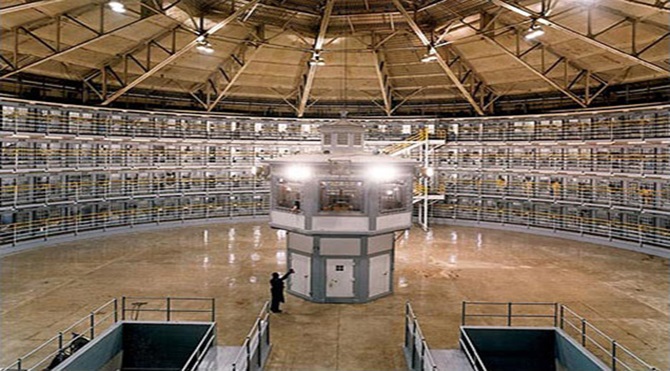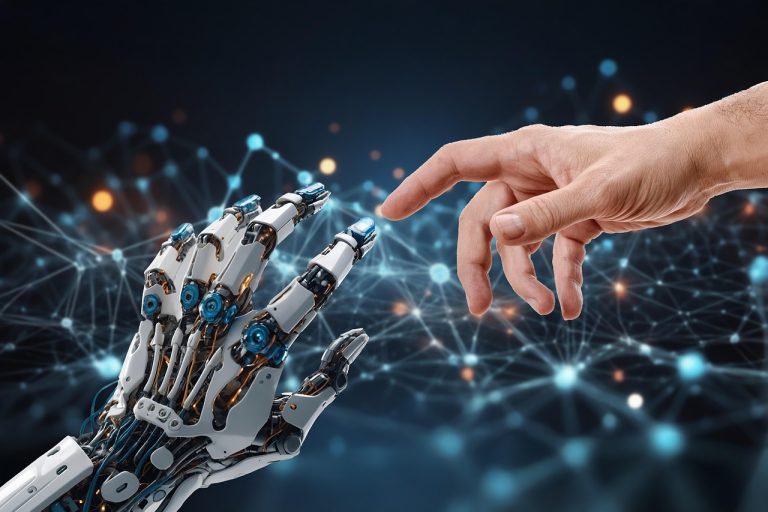In 1814, Jeremy Bentham imagined the panopticon—a prison design that allowed a single guard to observe every prisoner without them knowing if they were being watched. Two centuries later, the watchtower is no longer made of stone and iron. It’s made of algorithms.
Today, courts use predictive policing software to decide who might commit a crime, companies screen job applicants through AI-based filters, and welfare systems automate eligibility decisions. But here’s the catch: many of these so-called “justice algorithms” aren’t truly fair—they’re just fast and opaque.
The promise was grand: that machines would eliminate human bias. The reality? Algorithms don’t erase prejudice. They can encode it. And worse, they can hide it behind a curtain of mathematical complexity.
⚖️ How Can an Algorithm Be Biased?
- Biased Data In, Biased Results Out
Most algorithms learn from historical data. If that data reflects social inequality—like over-policing in certain neighborhoods—AI learns the pattern and amplifies it. - Lack of Context
Algorithms don’t understand circumstances. They can’t grasp why someone missed a payment or why a student’s score dropped during a pandemic. - Opacity and Accountability
Unlike human judges, algorithms don’t explain themselves. If a system denies your loan or flags you as high-risk, there’s often no appeal, no explanation—just a number.
Beyond the Illusion of Objectivity
AI doesn’t exist in a vacuum. It reflects the values of its creators and the structures of the societies it’s built within. Calling an algorithm “neutral” is like calling a mirror impartial—what matters is what it’s reflecting.
To build truly fair systems, we need more than good code. We need ethical frameworks, diverse teams, algorithm audits, and, most importantly, a willingness to ask hard questions.
So here’s one:
Can justice be truly served when it is decided by a machine that doesn’t understand what it means to be human?



